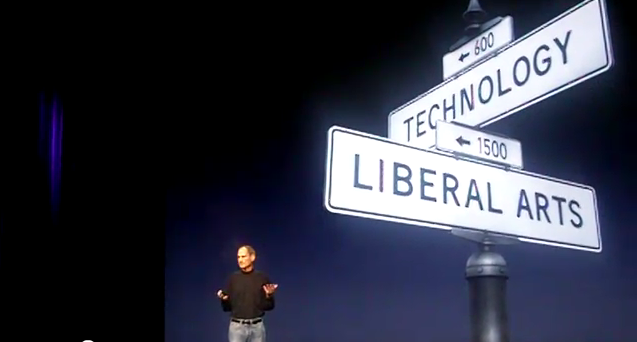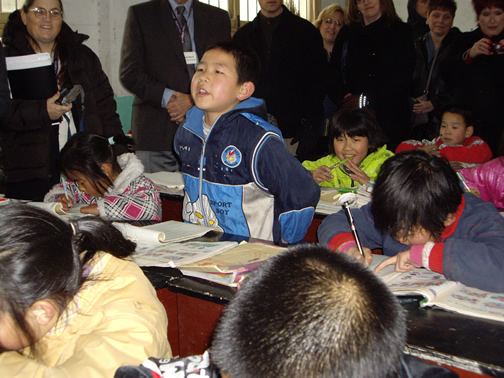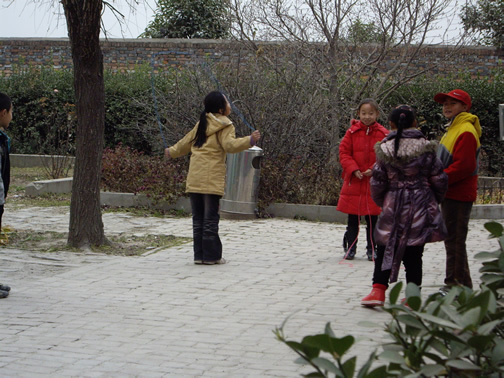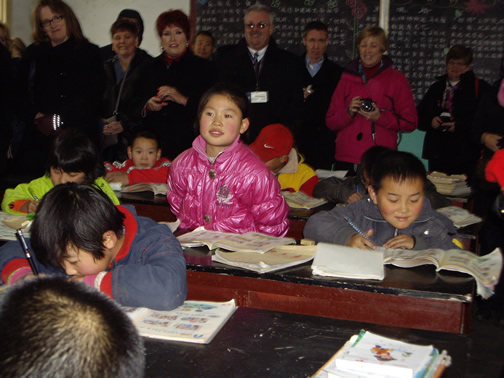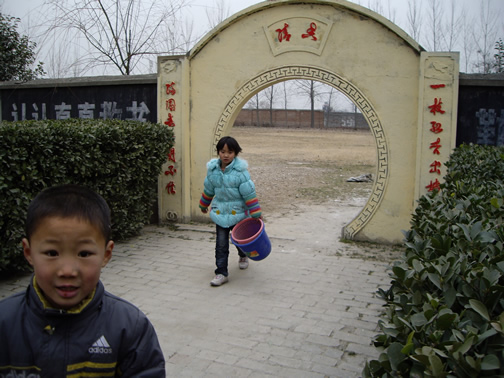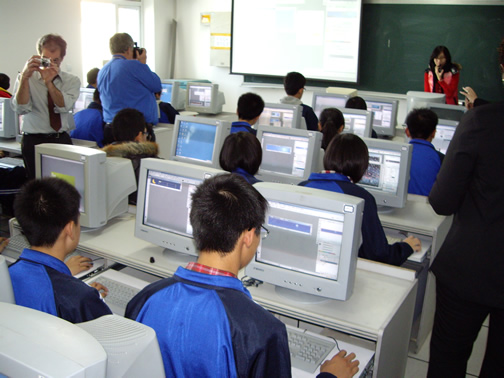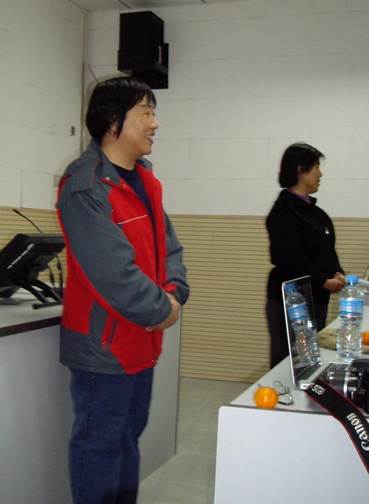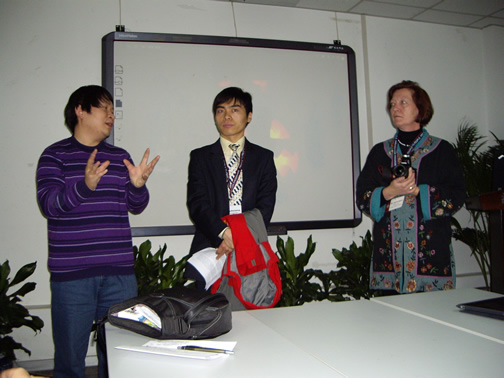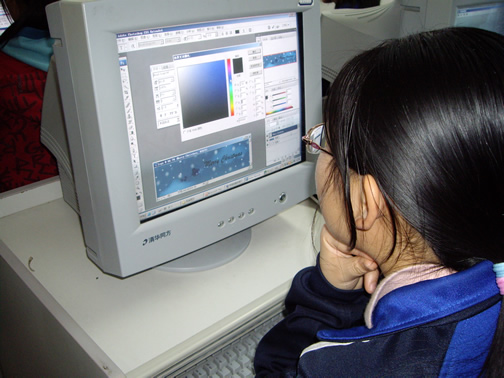#blog4nwp: The force of the NWP
 Better late than never. I read the post in Education Week about #blog4nwp after the March 18 deadline, but perhaps that makes it even more meaningful. Time and deadlines will never erase the need for writers. A public policy decision looming in Congress could remove all funding for the National Writing Project (NWP), a quiet force that drives writing into classrooms across the U.S. with the strength of a benevolent tsunami. The NWP unleashes the force of writers from deep beneath the surface of a vast teacher-sea, sending forth huge waves to spread over large areas and leave an unforgettable swath. Unlike a real tsunami, however, the forces of writers are entirely of good, and they leave high water marks of inspiration and understanding wherever the wave travels.
Better late than never. I read the post in Education Week about #blog4nwp after the March 18 deadline, but perhaps that makes it even more meaningful. Time and deadlines will never erase the need for writers. A public policy decision looming in Congress could remove all funding for the National Writing Project (NWP), a quiet force that drives writing into classrooms across the U.S. with the strength of a benevolent tsunami. The NWP unleashes the force of writers from deep beneath the surface of a vast teacher-sea, sending forth huge waves to spread over large areas and leave an unforgettable swath. Unlike a real tsunami, however, the forces of writers are entirely of good, and they leave high water marks of inspiration and understanding wherever the wave travels.
Why writing? Why not STEM or math? Why do we need a “project” to make writers out of teachers? Writing scares people, just like water. Teachers will dip their toes in, but only through experiences like the NWP will they learn to swim, and even ride the waves as writers, willing to take risks with their words and talk about the process. Just as STEM programs provide experiences for teachers to act as real scientists so they can provide authentic science teaching, so does the NWP immerse teachers and respect the real experience of being a Writer as essential to building a classroom community of writers.
For the U.S. (or any country) to thrive, we need not only the scientists and innovative thinkers. We need them to be able to communicate their work clearly and with passion. Have you ever tried to read what an engineer writes? It’s a wonder that many new inventions get beyond the lab. If you can’t explain it, no one will ever know about it. Every scientist needs to be a writer. Without teacher-writers to model the process of shaping ideas into words, we are destined to have great ideas that gather dust.
Almost 20 years ago, I was a writing fellow of a NWP-affiliate at a nearby university. I watched a kindergarten teacher get so excited about writing, she almost tackled community college prof with her ideas for writing together with five year olds. I learned the power of metaphor. I learned to visit and revisit every word I write. I learned to listen for voice. I learned to have a voice.
I know that only a small fraction of teachers have experienced a NWP summer. But I also know that ending funding for NWP is as dangerous as stopping funding for cancer research. It may never be enough, but we should not underestimate how far each dollar goes. The one mistake we have made as NWP fellows may be that we did not tell enough people where our personal writing force began. This benevolent tsunami may soon be gone, and the high watermarks will fade. What is left without the force of the NWP will be a stagnant, waveless pond.


